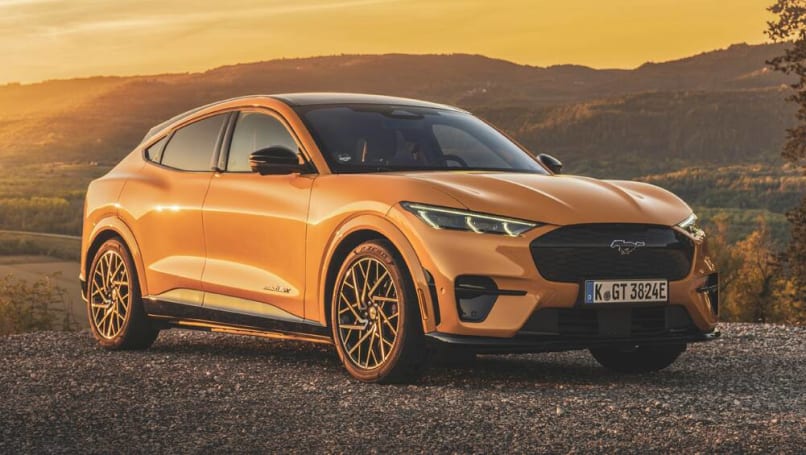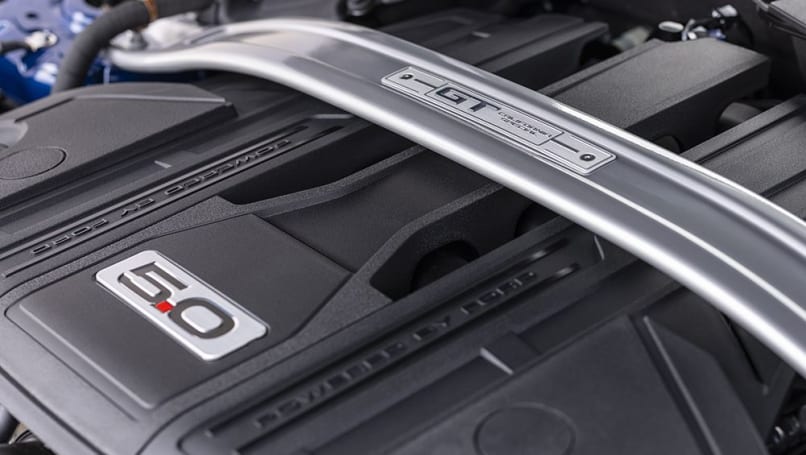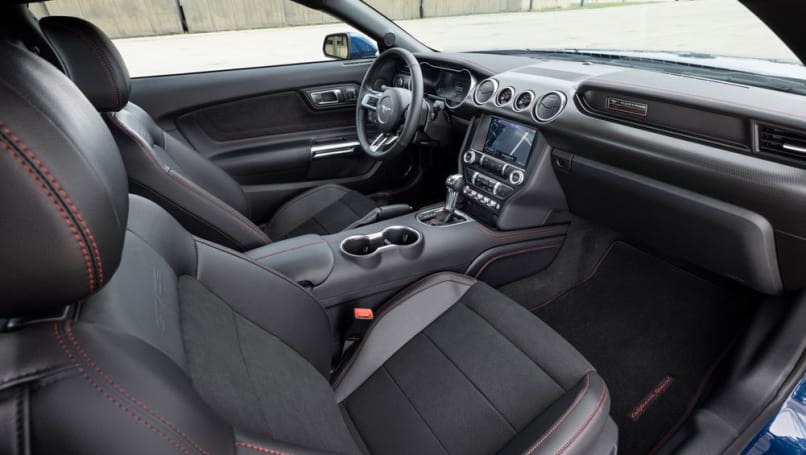
2025 BYD Shark 6 sales scrutinised as rival Kia Tasman ute and plug-in hybrid Ford Ranger PHEV and GWM Cannon Alpha launches loom
BYD Shark 6 fever has well and truly swept over the country, but is it all as...
Browse over 9,000 car reviews

Ford has been busy in recent years with the revival of the Bronco, as well as introducing new generations of F-150 and Ranger, and the all-new Maverick. Next up is perhaps its most iconic model of all - the Mustang.
The original pony car is currently in its sixth generation, but this was the first to be built for the world, not just the USA. While it has been a sales success for the brand, it has had some shortcomings which will likely be addressed, while also introducing electrification and other technology to future-proof the Mustang.
The seventh-generation model, codenamed S650, is set to launch sometime in 2022 and will be in showrooms in Australia before the end of 2023. This is all-but-confirmed by reports that the new-shape Mustang will be used for the new Gen3 Mustang Supercar in the local racing series.
Here’s what else we know about the new ‘Stang.

Strange as it may sound, the foundations of the new Mustang will begin as an SUV platform. Ford is reportedly using the ‘CD6’ platform - the same one that underpins the Explorer - as the starting point for the S650, because it’s the only monocoque vehicle architecture it has with the option of rear-wheel drive - the rest are either pickup chassis or front-wheel-drive models.
This is the most cost-efficient way to retain rear-wheel drive, but it also opens the door for all-wheel drive. There have been suggestions Ford is working on not one, but two, possible all-paw options for the new Mustang; but more on that in a moment.
The first option is the existing system used in the Explorer, and that would likely allow for both the V8 and EcoBoost four-cylinder models to be offered with it.
Adding all-wheel drive would be in keeping with the Mustang’s European rivals like the BMW 4 Series and Audi A5/S5, but for now it remains an unconfirmed rumour.

As for the second possible all-wheel drive option, there have been reports for some time that Ford is working on adding electric motors to the front axle, mounted alongside the 5.0-litre V8, to not only make the Mustang have four-wheel traction but also make it a hybrid.
There have also been rumours of Ford pairing an EcoBoost V6 (similar to the one expected in the new Ranger Raptor), but the talk of a hero hybrid V8 is believed to be closer to the mark. It’s also likely Ford could do both, as the S650 Mustang will need to remain relevant and appealing until at least 2030.
Whatever happens with the hybrid, the Mustang is sent to retain the V8 engine, with the 5.0-litre ‘Coyote’ in the Mach 1 likely to be the starting point for the new GT.
Ford has several other engine options and the biggest question for Australia might be the possibility of offering a six-cylinder for the first time; while the S550 has a V6 option in the US, it was never available here. Ford could use the 3.5-litre twin-turbo V6 from the F-150 or the 2.7-litre V6 turbo found in the US-spec Ranger and Edge ST SUV; although that is a long shot.
The 2.3-litre four-cylinder EcoBoost is tipped to stick around too, despite the Australian preference for the V8.
One more potential engine option is a new 6.8-litre V8 that Ford hasn’t confirmed for the Mustang, but a union official at the Canadian plant where it’s built revealed in 2020 that it would be used in “derivatives for the Mustang and F-150”.
That could mean the eventual replacement for the Mach 1 or possibly the Shelby variants. Whatever happens, it’s certain that the new Mustang will have a V8 engine option.
As for an all-electric Mustang, that remains a distinct possibility during the lifecycle of the S650, but most likely not at the initial launch next year. The arrival of the Mustang Mach-E SUV shows the Ford has no concerns about turning its pony car brand electric, and with global trends pushing towards more EVs it seems like a matter of when, not if.

After some questionable decisions in the ‘80s and ‘90s Ford has seemingly worked out the formula for Mustang design - make it contemporary but retain the classic styling cues and the famous silhouette.
So, while Ford has been careful not to tease or show off any concept cars, it's safe to expect an evolutionary look for the S650 that retains the key details that make a Mustang look like a Mustang. That means a large grille with ‘pony’ badge, a fastback silhouette and three-bar tail lights.
However, you can also probably expect new headlights, a more raked windscreen to create a sportier profile and other modern details, based on the spy shots that have been taken.

One of the biggest criticisms of the S550 Mustang when it went global was the cabin fit and finish. Too much cheap-looking and hard plastic blighted the retro design and made the Mustang feel ‘down market’ compared to its European and Japanese rivals.
Ford acknowledged it was a problem and tried to fix it with the facelifted model, adding more soft-touch materials around the cabin and introducing a new hi-tech digital instrument panel.
Expect to see more of that in the new model but with Ford retaining the retro touches that make the interior match the exterior.
Comments